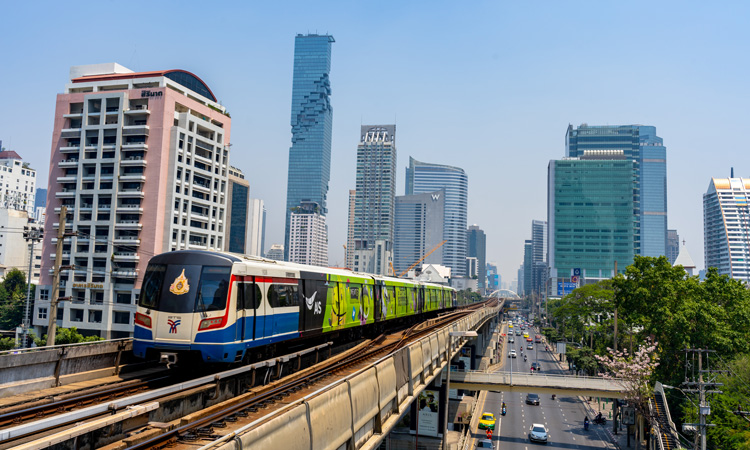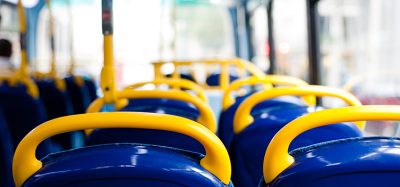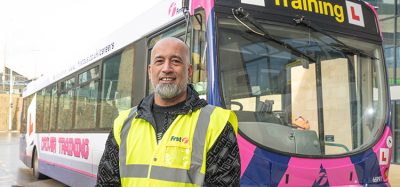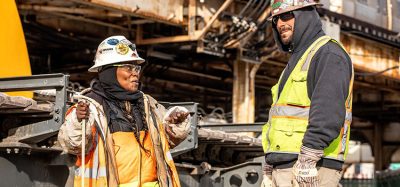Public transport must use “short window of opportunity” to bounce back
- Like
- Digg
- Del
- Tumblr
- VKontakte
- Buffer
- Love This
- Odnoklassniki
- Meneame
- Blogger
- Amazon
- Yahoo Mail
- Gmail
- AOL
- Newsvine
- HackerNews
- Evernote
- MySpace
- Mail.ru
- Viadeo
- Line
- Comments
- Yummly
- SMS
- Viber
- Telegram
- Subscribe
- Skype
- Facebook Messenger
- Kakao
- LiveJournal
- Yammer
- Edgar
- Fintel
- Mix
- Instapaper
- Copy Link
Posted: 6 August 2020 | Sam Mehmet (Intelligent Transport)
A report from the Asian Development Bank (ADB) has suggested that now is the time to deploy new and greener technologies to ensure public transport becomes central to the “new normal”.


Public transport must adapt to a “new normal” in the wake of the coronavirus (COVID-19) pandemic and adopt technologies that will render it more green and resilient to future disasters, according to a new report by the Asian Development Bank (ADB).
The report, Guidance Note on COVID-19 and Transport in Asia and the Pacific, detailed the impact of the pandemic on transport in Asia and the Pacific and the world, as lockdowns forced millions to stop using public transport.
“The two key challenges ahead are addressing capacity on public transport to maintain safe distancing requirements, and how best to regain public confidence to return to public transport,” said Bambang Susantono, ADB Vice-President for Knowledge Management and Sustainable Development. “In the short term, more effort is needed to reassure public transport users of safety and demonstrate clean and safe public transport. In the longer term, technological advances, big data, artificial intelligence, digitalisation, automation, renewables and electric power can potentially offer fresh innovations to tackle changing needs, giving rise to smarter cities.”
The report noted that there is a “short window of opportunity” for cities to promote the adoption of low-carbon alternatives to lock-in the improved air quality conditions gained during the peak of the pandemic lockdown. It suggested that public transport can play an important role through more active promotion of clean vehicles, provision of quality travel alternatives in public transport, and a better environment for non-motorised modes such as walking and cycling to enhance overall health and wellbeing.
The confidence of passengers on public transport should be restored through protective measures such as cleaning, thermal scanning, tracking and face covering, the report said, suggesting that further study to explore how protective and preventive measures can be stepped up to allow relaxation of safe distancing requirements could help mitigate capacity challenges. A possible future trend may be consolidation of services and rationalisation of routes to better serve the emerging travel demand patterns and practices, according to ADB.
The report also suggested that:
- Further preventive and precautionary operating measures and advanced technology should be implemented to enable contactless processes
- Demand management measures can facilitate crowd control in public transport systems and airports
- Non-motorised transport capacity could be expanded to absorb spill over demand from public transport
- Government policies and financial support are essential during this period.
ADB, which committed $7 billion to the transport sector in 2019, said that behavioural trends linked to COVID-19 may require a review of the short-term viability of passenger transport and operational performance to meet changing demand for public transit systems. “Regardless of the COVID-19 pandemic it is clear that developing Asia will continue to have a large need for additional transport infrastructure and services,” the report concluded. “It would take several years before the projects currently in the pipeline would be operational and much can happen during these years.”
Related topics
COVID-19, Fleet Management & Maintenance, Infrastructure & Urban Planning, Public Transport, Sustainable Urban Transport, Vehicle & Passenger Safety
Related cities
Asia-Pacific
Related organisations
Asian Development Bank (ADB)
Related people
Bambang Susantono








